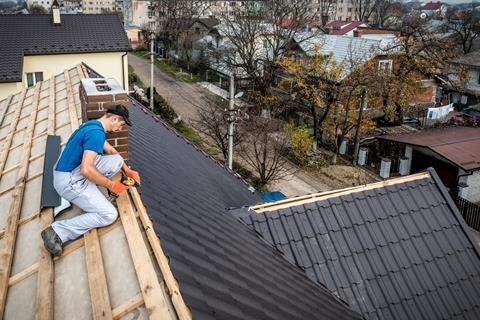Providers also spent £13bn on new homes
Providers of social housing poured £6.9bn into fixing problems relating to damp and mould, building safety and energy efficiency and expect to spend another £7.9bn over the coming year, according to the Regulator of Social Housing.
The RSH today published the results of its latest quarterly survey looking at the sector’s financial health. It showed providers were facing substantial cost pressures, with inflation, material shortages and increased borrowing costs exacerbating elevated repair and maintenance costs.

Higher interest rates and increasing investment in existing homes have reduced providers’ interest cover (excluding sales income), which averaged at 87% over the past financial year.
That is the lowest figure ever recorded in the quarterly surveys and continues the trend of weakening interest cover, which was a factor in many of the viability regrades in the regulator’s recent stability checks of providers’ financial situation.
“Providers continue to face significant economic challenges, including high borrowing costs and inflation,” said Jonathan Walters, deputy chief executive of the RSH.
“Boards need to take a strategic approach to managing these risks, to ensure they can continue to deliver tenant services, increase repairs and maintenance, and invest in new homes.”
Providers spent £13bn in the last year on building and acquiring new homes – up from £12.7bn the year before – and expect to spend £16.8bn over the next 12 months.
Despite financial pressures, there is strong liquidity in the sector, which has attracted £9.9bn in new finance, taking total agreed facilities to £123bn.
Undrawn facilities are at a historically high level and a large majority of debt is on fixed-rate terms, according to the RSH.








No comments yet